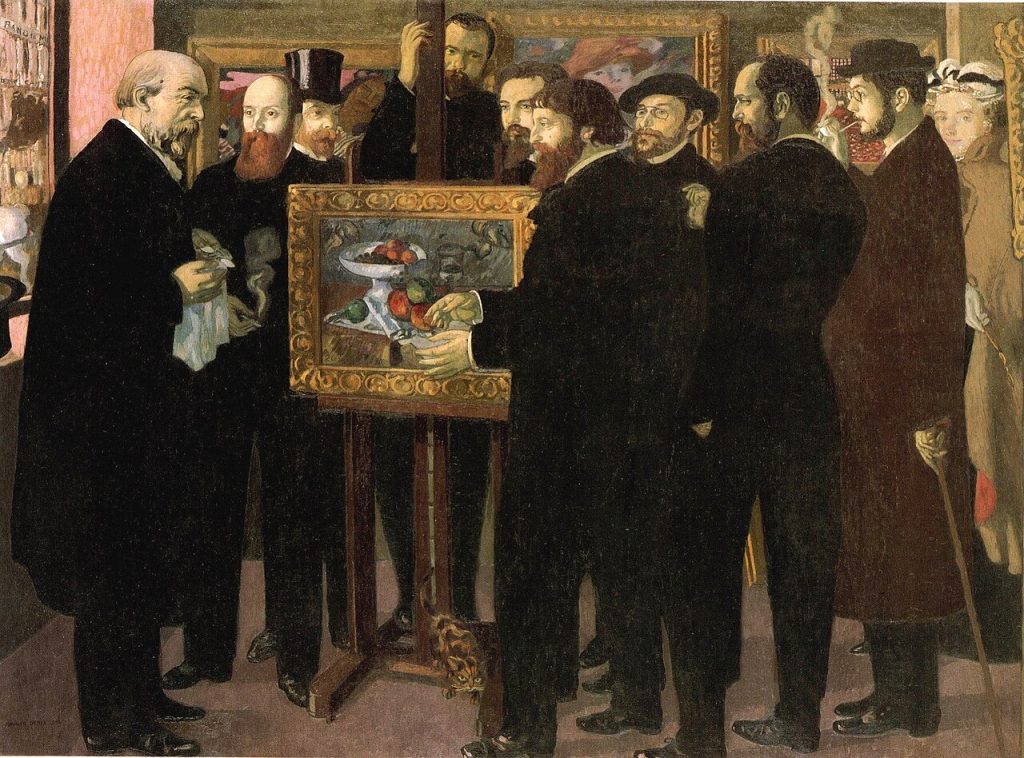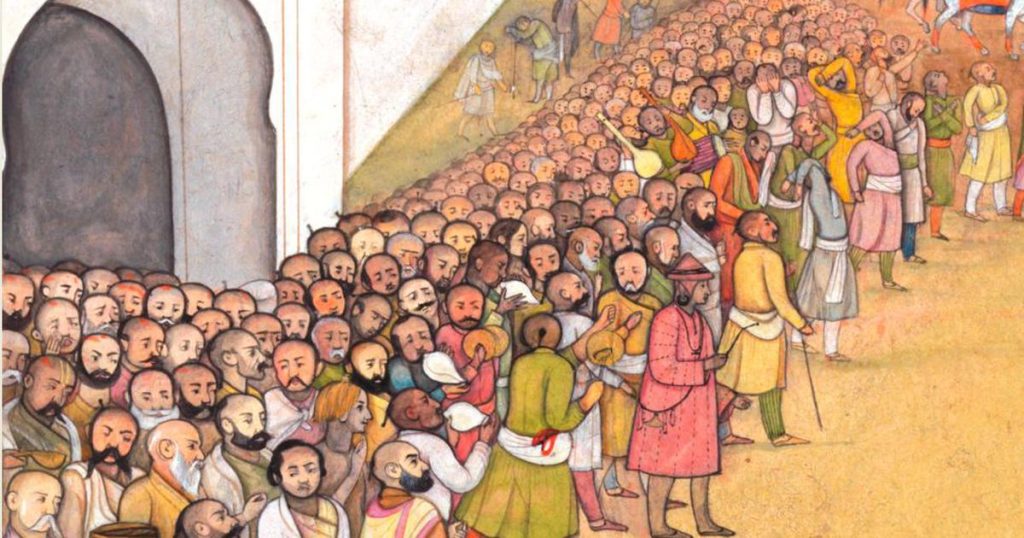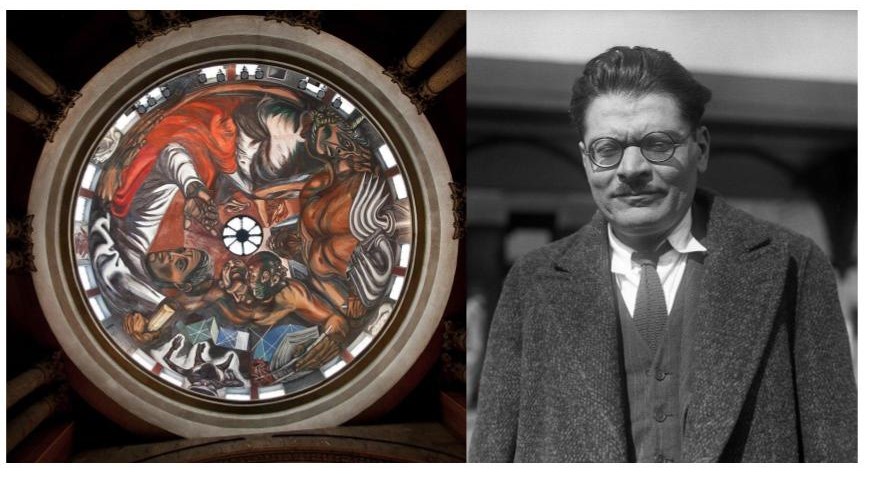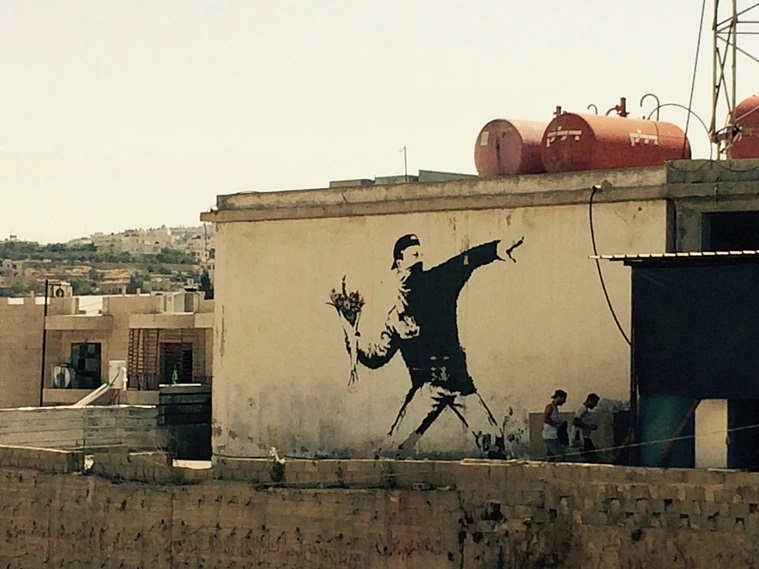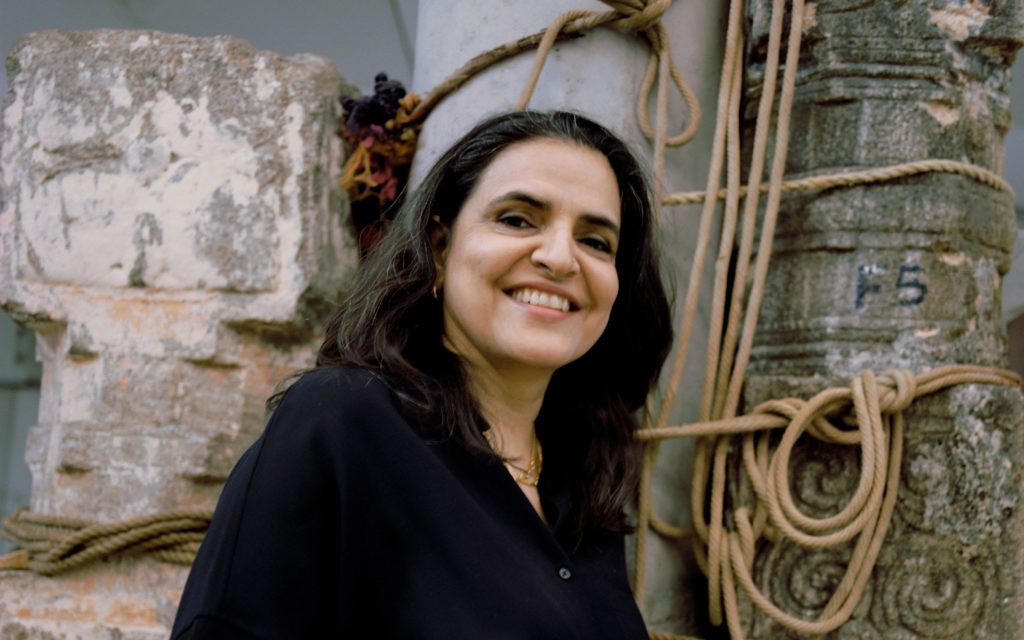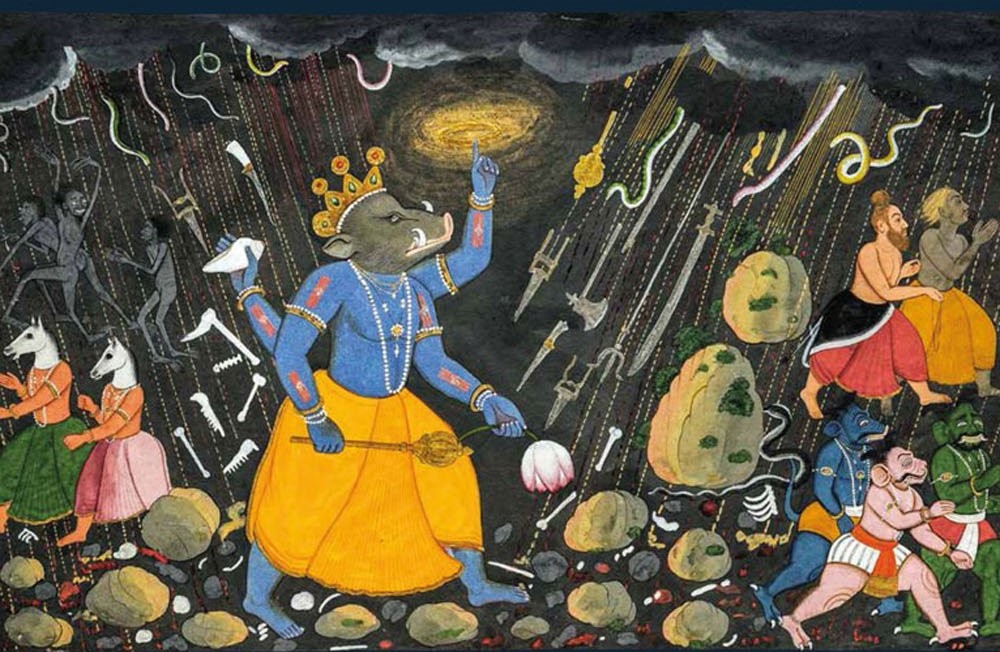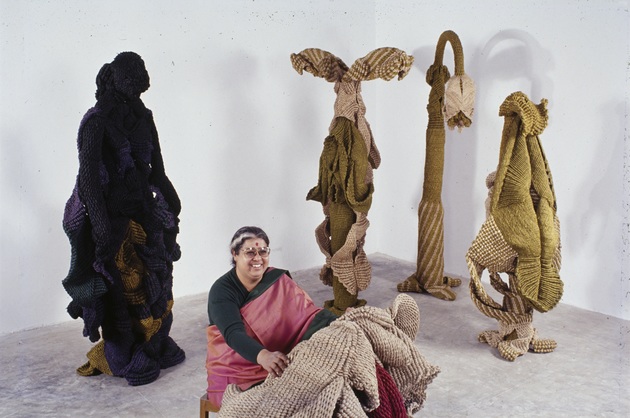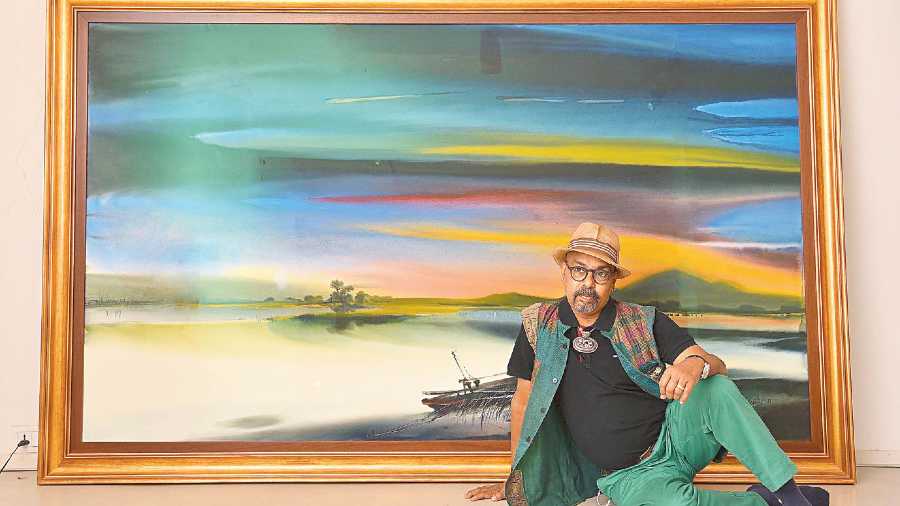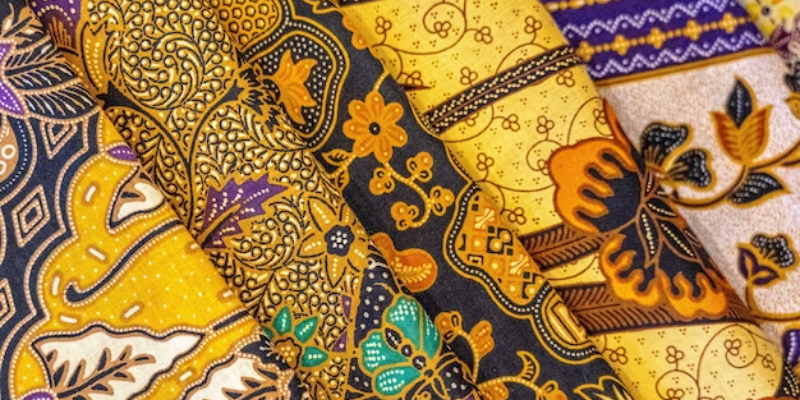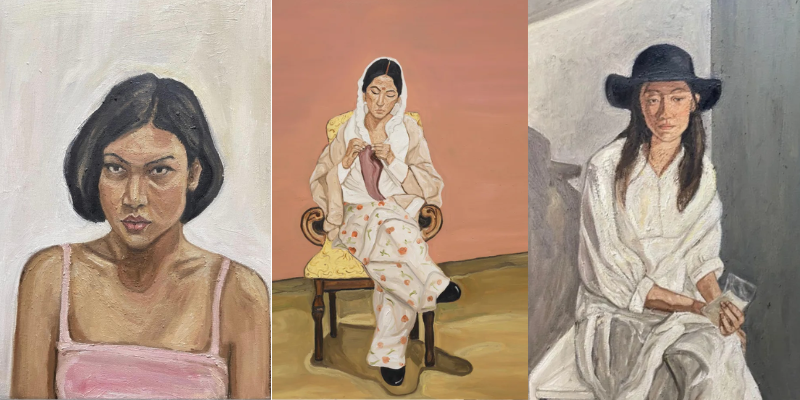Maurice Denis: A visual Baptism of Modern Art
Maurice Denis (1870–1943) was a prominent painter and member of the Symbolist and Les Nabis movements in France. Denis showed an early interest in the arts and started to study at the Académie Julian in Paris, and he got to know other artists who would eventually form the Nabis gathering which influenced generations of artists. […]
Maurice Denis: A visual Baptism of Modern Art Read More »

